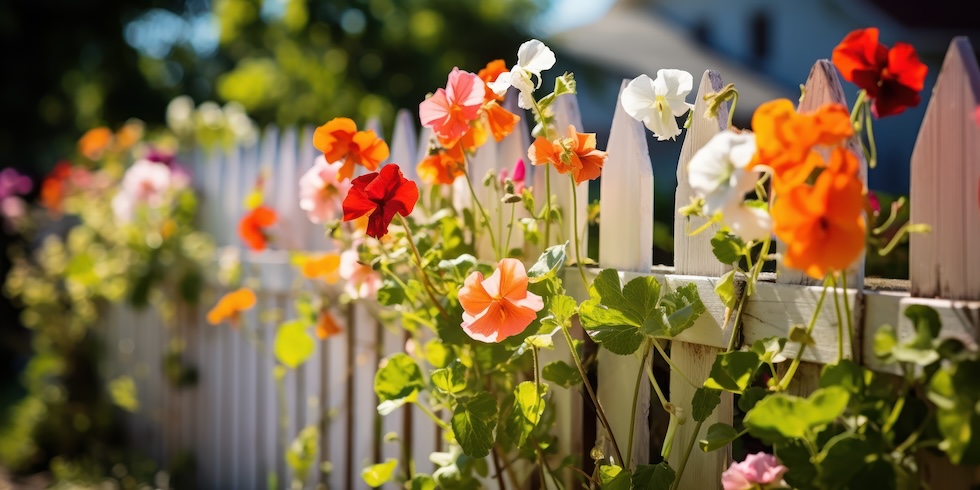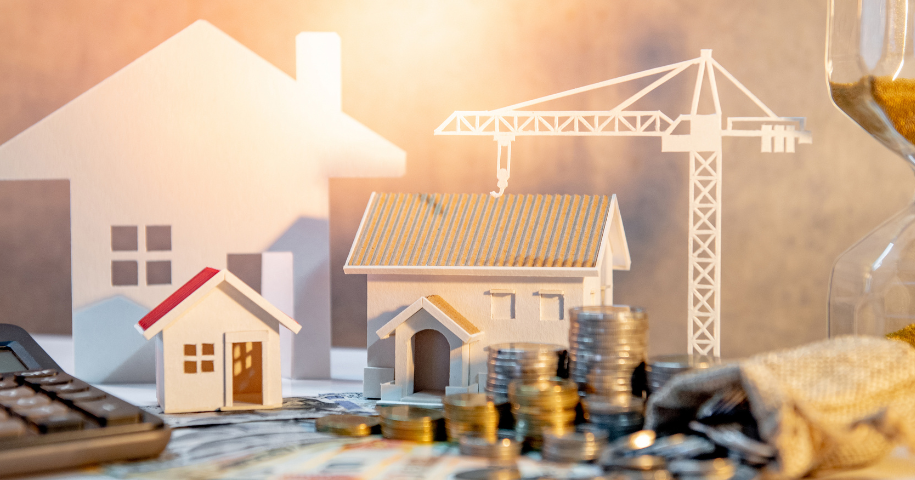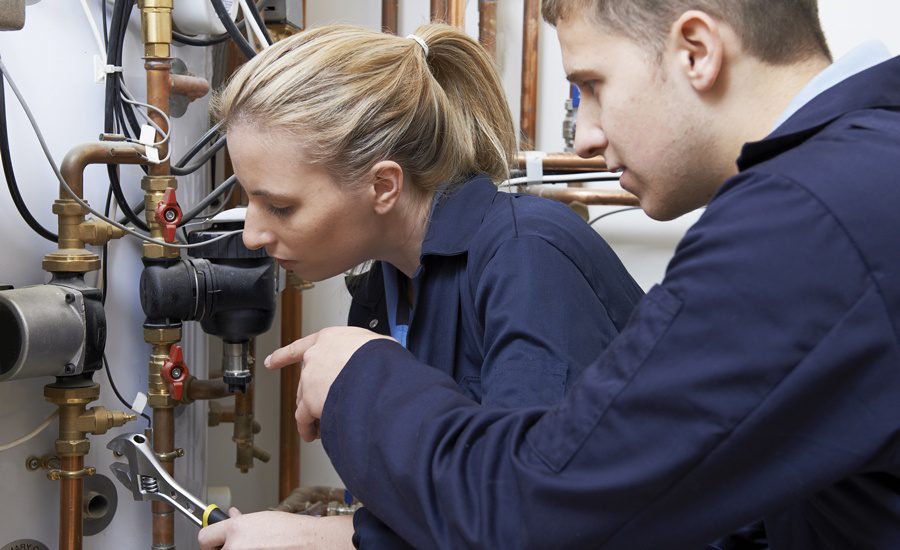According to conservation.org, the concentration of carbon dioxide (CO2) in our atmosphere, as of May 2020, is the highest in human history.
Scary right?
Looking at the current situation, it can be predicted that environmental change will affect the most vulnerable of us down the line.
Clearly, the need of the hour is environmental sustainability, and we can make it work if we implement the same in every sector.
And for now, let us begin with real estate by steering towards the green building as sustainability in real estate has the highest potential for overall improvement.
The upcoming Apartments in Jaipur and a few major metro cities illustrate how the builders and developers turn towards green real estate.
However, the concept of green building was always on the cards for some top players in the market. But, the virus has made people turn into green-minded ones.
As defined by the World Green Building Council (WGBC), a green or sustainable building is a building that, in its design, construction
or operation reduces or eliminates negative impacts and can create positive effects on our climate and natural environment.
Green buildings or sustainable real estate offer effective and efficient solutions for countries worldwide to address climate change, reverse the conditions, and enhance people’s health and well-being.
Through sustainable designs, constructions, and operations, the futuristic green buildings aim to reduce carbon emissions, energy, and waste.
The conservation of water, prioritizing safe use of materials, and low exposure to toxins are few steps in construction that will govern the future of the green real estate.
Beneficial for a greener future
22% of carbon emission is what the housing sector of India accounts for. Out of which, the construction of the building and residential real estate contributes up to 60%.
Incorporating ways like an efficient use of water and energy, use of renewable energy and recycled/recyclable materials, effective use of landscapes, and building management systems can reduce carbon emissions.
However, green building development is beneficial for a sustainable environment and is also beneficial for residents. Here’s how,
- Living in the green-certified building lessens the risk of respiratory problems, thus giving you a better life quality.
- Use of renewable resources, conservation of water and electricity, etc., are all environment-friendly practices that save enormous resources.
- Living in a green building saves about 30-40% of the power consumption and reduces the electricity bills by maintaining the optimal temperature inside homes.
- The tax benefits and government incentives are a significant factor that affects the builders. For instance, many states in India offer developers incentives by extra FSI(Floor space index) for efficient buildings for no cost, increasing the value proposition for them.
Moreover, talking from a financial point of view. The green building projects have a higher resale value, and the end-users can also enjoy the perks of living in a home that provides them with a cleaner and better living.
What makes green building a better choice for the future?
Talking about Chennai, where 10% of the structures are green buildings certified by the Indian Green Building Council, All the other cities must also start incorporating them.
However, the distinguished and well known Mahima Group in Jaipur has started to realize that sustainable living in the future of the green real estate.
They are setting an example in the pink city Jaipur with their upcoming project Mahima Florenza.
In conclusion, we can say that the early planning and design stage of the building govern sustainable features’ overall benefits.
The sustainable real estate concept is most likely to succeed when the sustainable features and the green building certification checklist components are implemented at the beginning.
The real estate industry of India needs to shift from traditional residential buildings into energy-efficient buildings.
Using natural resources, saving water, and less waste will be a significant step in turning to green real estate.

















Add Comment